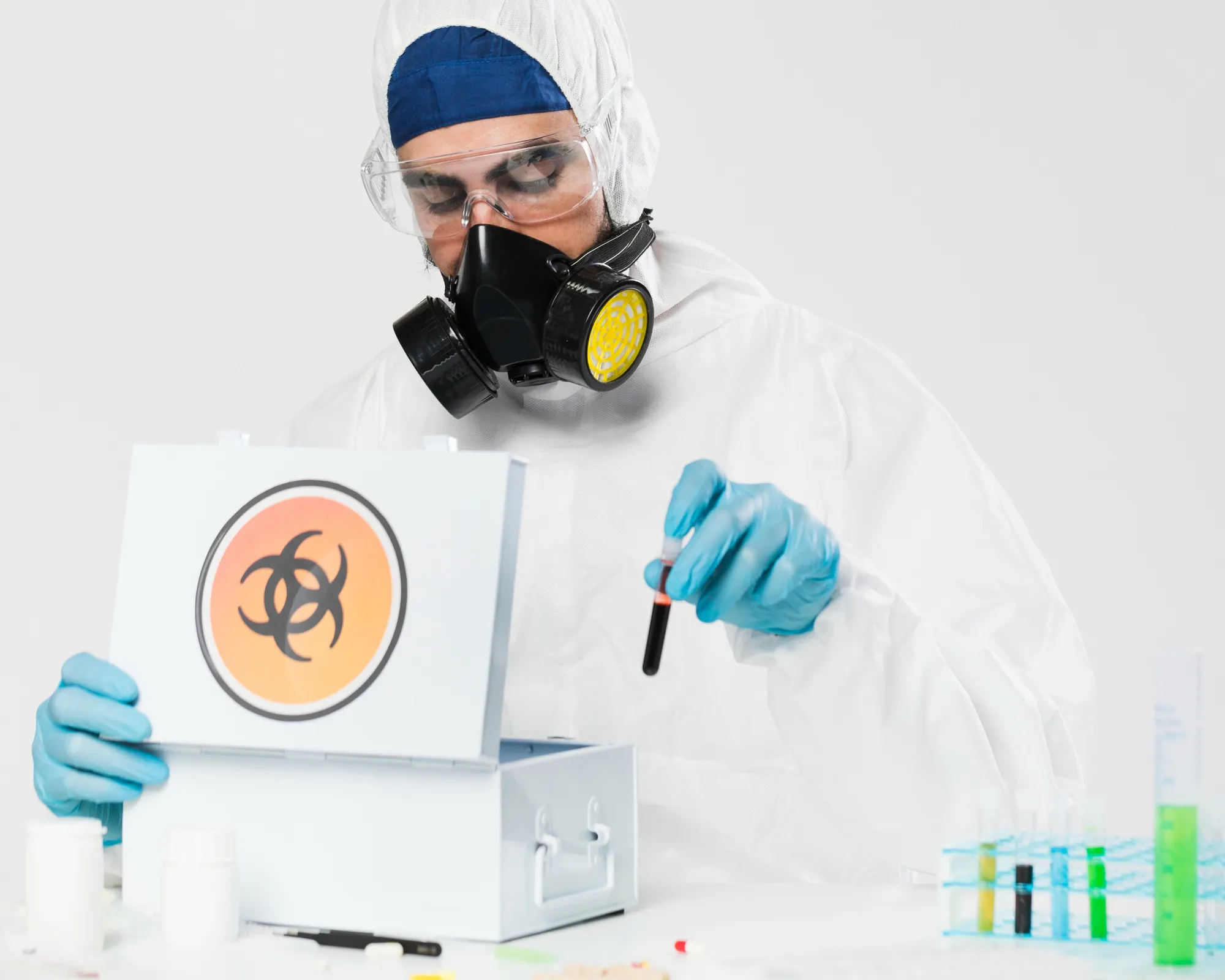In a significant stride towards safeguarding public health, researchers at Zhengzhou University’s College of Public Health, in collaboration with the College of Chemistry, have developed a simple, fast, and eco-friendly micro-solid phase extraction (μ-SPE) technique using a thiol and ionic liquid bi-functional nanofibers membrane (IL-SH-PAN NFsM). This groundbreaking approach facilitates the determination of sulfonamides (SAs)—common synthetic antibacterial agents—in environmental water samples with unprecedented efficiency. The study has been published in the reputable journal Analytica Chimica Acta, with the reference number 10.1016/j.aca.2023.342163.
Sulfonamides, while essential in medical applications and animal husbandry, pose substantial risks when they pollute water resources. The persistence of SAs in influents and effluents of wastewater treatment facilities, as well as in natural bodies of water like rivers and aquifers, has raised alarm internationally due to their potential to contribute to antibiotic resistance and disrupt aquatic ecosystems.
The conventional methods for detecting SAs in water are often complex, requiring extensive time and resources, which poses challenges in handling the surging volume of environmental samples that need analysis. Therefore, the development of uncomplicated, rapid, and green analytical techniques is imperative.
The study led by Jian Ningge, along with collaborators Dai Yuanyuan, Liu Hongli, Wu Niu, Liu Li-E, Wu Di, and Wu Yongjun, introduces an inventive μ-SPE sample preparation technology. It is based on a novel IL-SH-PAN NFsM, displaying exceptional adsorption capacity and selectivity for SAs, thanks to the comprehensive effect of thiol (-SH) and ionic liquid (-IL) functionalities integrated into the nanofibers membrane.
The advanced μ-SPE process introduced by the researchers is a testament to innovation. Water samples no longer require adjustments in pH and ionic strength before undergoing SPE, drastically simplifying the pretreatment steps that used to be mandatory. Moreover, the eluent obtained post-extraction is ready for direct analysis using high-performance liquid chromatography-tandem mass spectrometry (HPLC-MS/MS).
Comparing this novel method to existing ones, the advantages become clear: the extraction time is slashed to just 2 minutes for a batch, the amount of adsorbent required is a mere 4.0 mg, and only 0.5 mL of organic solvent is needed. Despite these reductions in time and resources, sensitivity is markedly higher, reaching as low as 1.4-3.9 ng L^-1.
The research delineates the crafting of the bi-functional nanofibers membrane, highlighting the synergistic roles played by the thiol and ionic liquid functionalities. This insight into the interaction mechanisms not only underscores the membrane’s exceptional performance but also paves the way for designing versatile adsorbents for a variety of applications.
Utilizing this novel approach, the researchers have managed to achieve a rapid, efficient, and sensitive detection of SAs in water samples. The technique stands as a promising tool for routine and precise surveillance of trace SA residues in diverse aquatic environments.
The environmental impact of this research cannot be overstated. As the global community grapples with the proliferation of pollutants and the urgency of environmental preservation intensifies, methods such as the one developed by the Zhengzhou University team become invaluable. Their work contributes significantly to the ongoing efforts to monitor and control water quality and, by extension, to protect public health and ecosystems from the harmful effects of contaminants like sulfonamides.
This research was carried out without any reported competing financial interests, ensuring the integrity and focus of the findings on environmental and public health improvement.
References
1. Jian, N., Dai, Y., Liu, H., Wu, N., Liu, L.-E., Wu, D., & Wu, Y. (2023). Simple, fast and eco-friendly micro-solid phase extraction based on thiol and ionic liquid bi-functional nanofibers membrane for the determination of sulfonamides in environmental water. Analytica Chimica Acta, [Article No.], 10.1016/j.aca.2023.342163.
2. European Medicines Agency (EMA). (2019). EU Guidelines for the prudent use of antimicrobials in veterinary medicine.
3. Kümmerer, K. (2009). Antibiotics in the aquatic environment – A review – Part I. Chemosphere, 75(4), 417-434.
4. World Health Organization (WHO). (2017). Guidelines for drinking-water quality: Fourth edition incorporating the first addendum.
Keywords
1. Micro-solid phase extraction
2. Sulfonamides detection
3. Bi-functional nanofibers membrane
4. Environmental water analysis
5. Green analytical techniques
